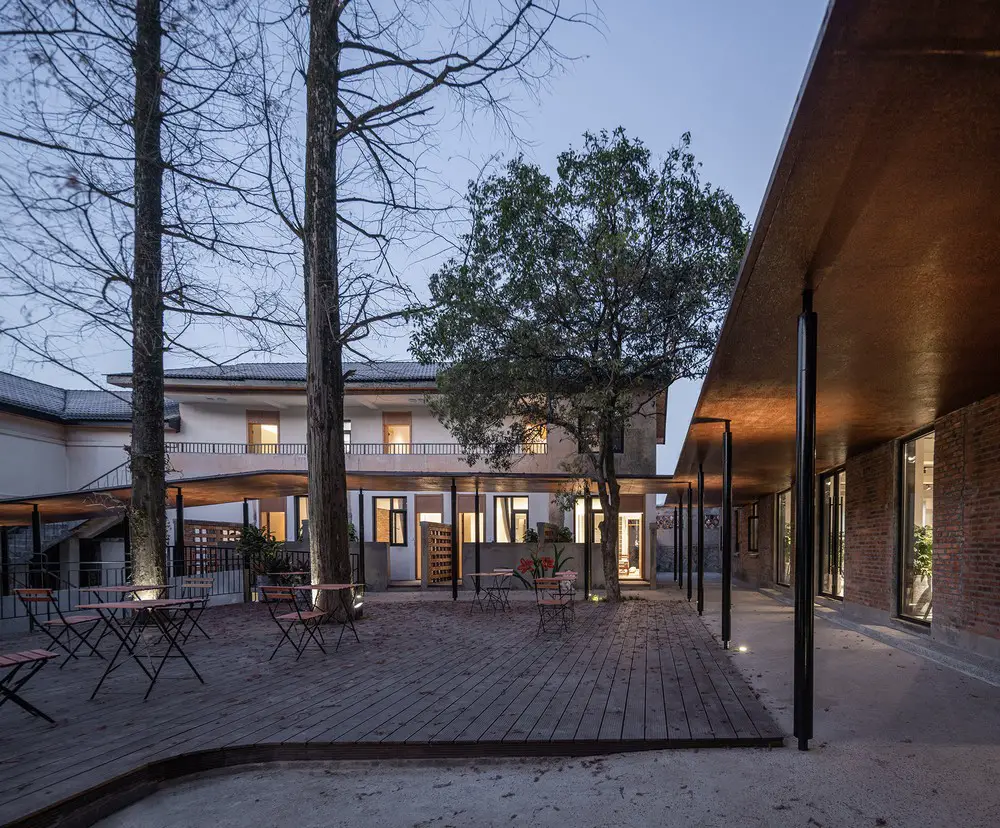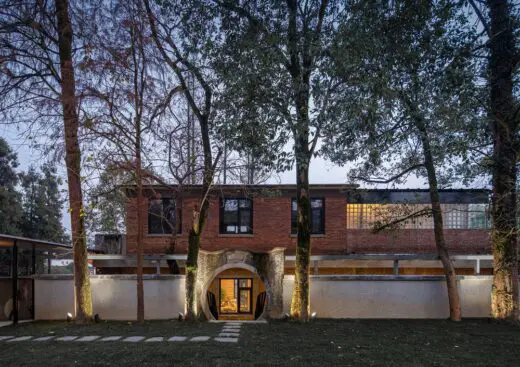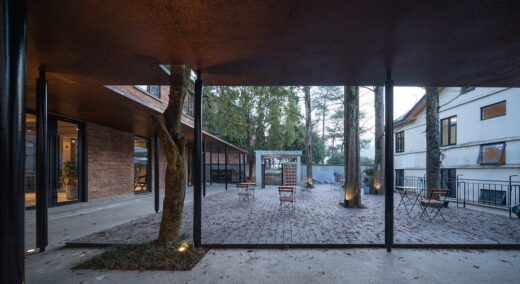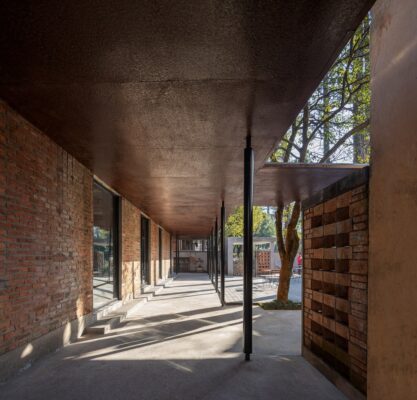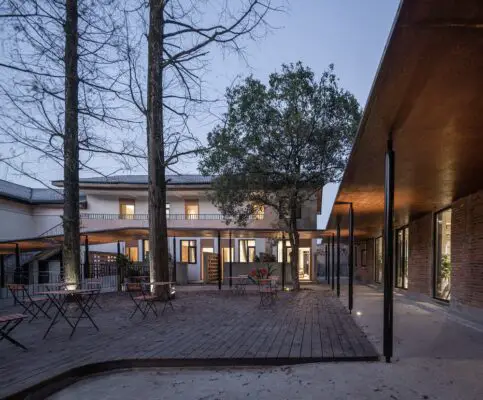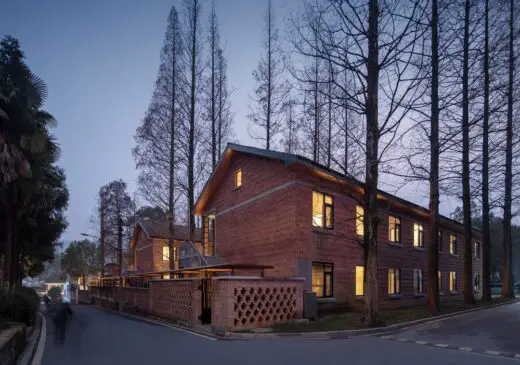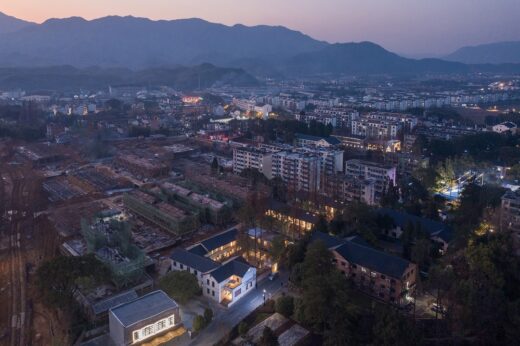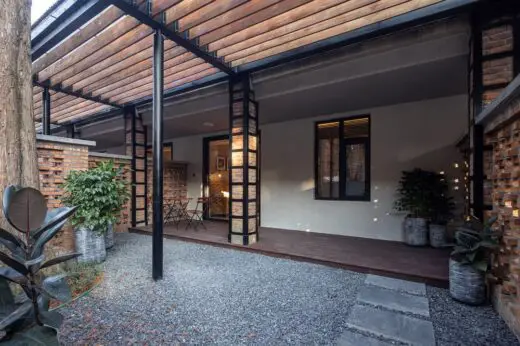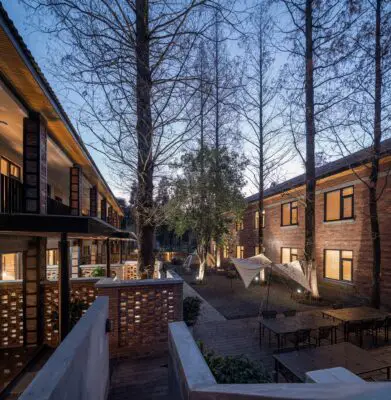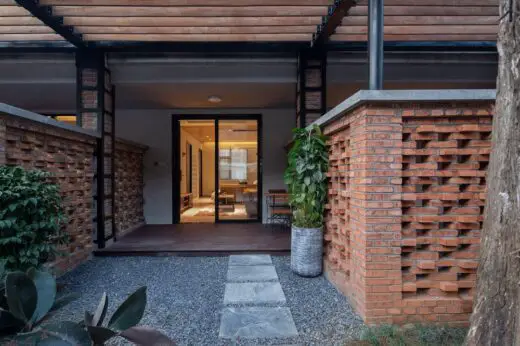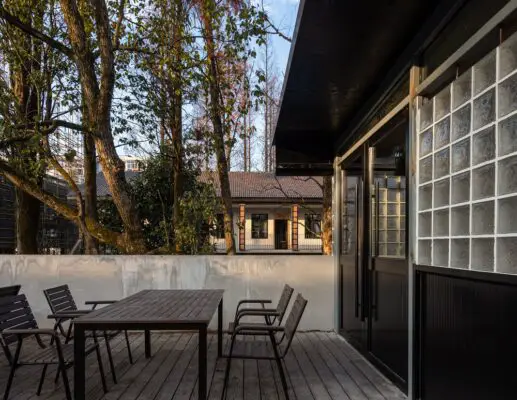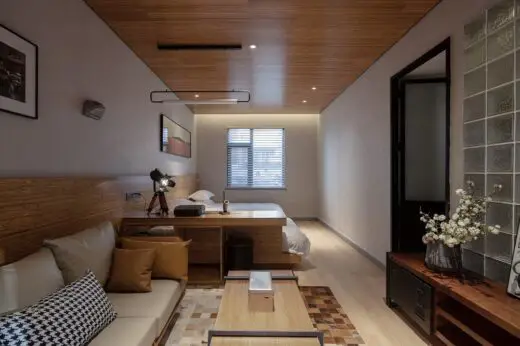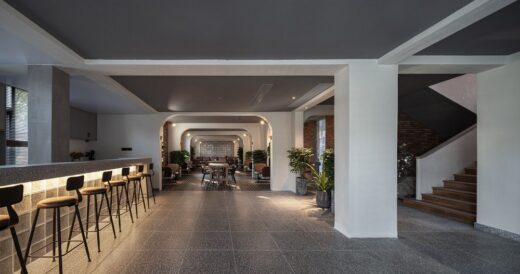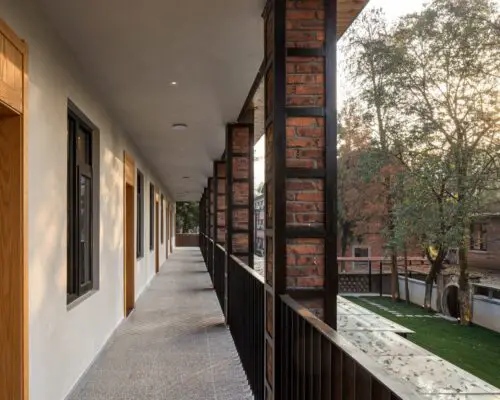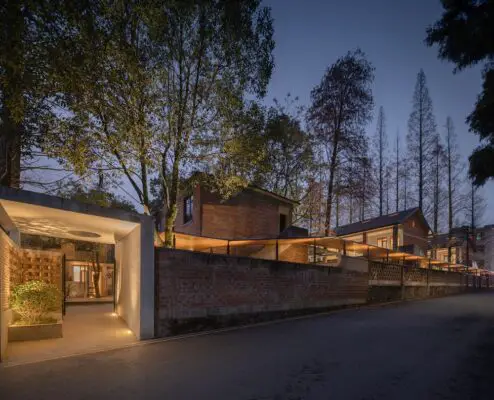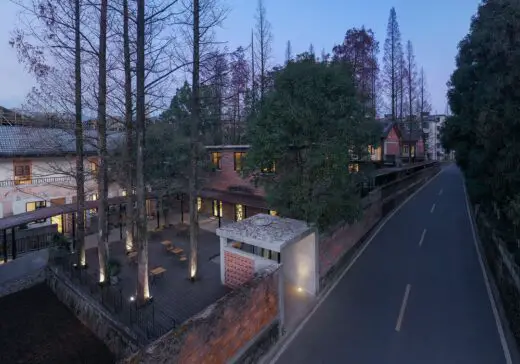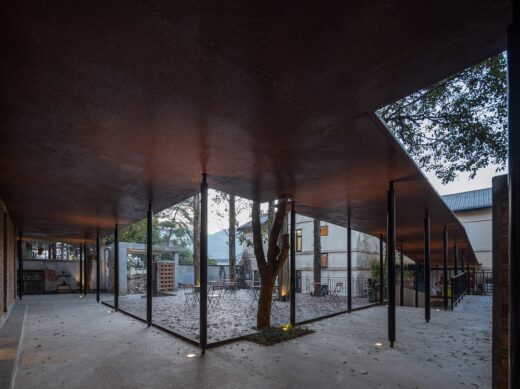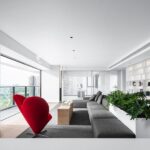Pushe Xikou Homestay China, Zhejiang Province Architecture Images, Chinese Bed & Breakfast Buildings
Pushe Xikou Homestay in Quzhou City
18 Oct 2022
Design: y.ad studio with Shanghai Times Architecture Design Co., Ltd.
Location: Xikou Town, Longyou County, Quzhou City, Zhejiang Province, China
Photos: SCHRAN
Pushe · Xikou Homestay, China
Shanghai-based y.ad studio transformed an architectural complex consisting of a former hospital and several old factory dormitories into a bed & breakfast. The Pushe · Xikou Homestay project is located in the Rural Future Community in Xikou Town, Zhejiang Province.
After site investigation and analysis, the architects conceived the design by centering on three questions.
How to infuse new design into the existing complex while reserving the site’s memory?
The walls, roofs and courtyards of the existing architectural complex were in shabby condition due to years of neglect. Nevertheless, the buildings still carry the historical traces of the 1960s and 1970s.
When renovation started, the design team adopted a strategy that respected the historical background and cultural context of the complex, to improve its condition through micro transformation and minimum intervention. With a respect for its original texture, the architects managed to reserve the memory of the original space.
Through design and operation, the deserted old buildings are injected with new vitality. The complex is transformed into a venue that embodies the memory of the past and is suitable for people to live and use in modern time.
The architects focused more on the improvement of the interior environment. The facades were refurbished, restored and consolidated, designed in a restrained way to blend with the original buildings. While preserving the original architectural form and style, the design team updated the functions of the indoor spaces, to meet requirements for the operation of a B&B and comply with modern lifestyles and the habits of space using.
To strengthen a sense of nostalgia, the interior spaces are decorated with elements and materials of the mining industry, which remind visitors of the site’s memory in a certain historical period.
How to connect separate buildings to facilitate the daily operation of the B&B?
As the space was set to function as a B&B, the original layout of the complex was too scattered and segmented to form a whole. Therefore, the architects redistributed the spatial functions. The first floor of No.1 Building is used as a public area and a bar, while the second floor is used for guestrooms. Meanwhile, the first floor of No.3 Building is transformed into a restaurant, and the second floor is used as a venue for team building activities and meetings. Other buildings of the complex are used as guestrooms.
To ensure the independence and privacy of the B&B, the architects repaired the broken walls to enclose the complex. A covered corridor was also added to link the buildings. These measures not only reshape the circulation route and the hierarchy of the space, but also bring more unity to the site. The corridor is intended to provide a shelter from the weather, and to create a circulation route that leads visitors to move between different functional spaces and courtyards. With twists and turns that create different viewing angles, the circulation route brings varying visual and sensory experiences.
How to make use of the existing courtyards with dawn redwoods?
Dawn redwoods have grown for years in the existing courtyards in between buildings, giving the site a special, graceful quality. However, the original courtyard spaces, which were medium-sized, were not utilized properly. After the originally compartmentalized dormitories were transformed into guestrooms, the space was still quite limited.
After analysis, the design team decided to redesign and transform the interior structures of the guestrooms and relocate the courtyards. The No. 1 courtyard is used as an extension of the restaurant, and a public courtyard for leisure and dining purposes. The No. 2 and No. 3 courtyards are divided into large courtyards for public activities and small courtyards for guestrooms, so as to maximize the value of the spaces for public and private use while better integrating the dawn redwoods with the courtyards.
Pushe Xikou Homestay in Zhejiang Province, China – Building Information
Design company: y.ad studio – https://www.sh-yad.com/
Project name: Pushe · Xikou Homestay
Location: Xikou Town, Longyou County, Quzhou City, Zhejiang Province
Development organization: People’s Government of Xikou Town, Longyou County
Commissioner: Xband
Chief architect: Yan Yang
Designer: Wu Kejia
Architectural design collaboration: Shanghai Times Architecture Design Co., Ltd.
Construction drawings: Hangzhou Zhongya Architectural Design Co., Ltd.
Design & construction management: Zhu Zhen, Gao Chengkai, Jia Yidong
Project area: 2,336 square meters
Main materials: red brick, glass brick, weathering steel, aluminum panel, paint, laminated bamboo panel
Design phase: March 2020 – June 2020
Construction phase: March 2021 – December 2021
Photography: SCHRAN
Pushe Xikou Homestay in Quzhou City images / information received 181022 from y.ad studio architects China
Location: Xikou Town, Longyou County, Quzhou City, Zhejiang Province, People’s Republic of China
Architecture in China
China Architecture Designs – chronological list
Chinese Architect – Design Practice Listings
Shanghai Architecture Tours by e-architect
Yiwu Cultural Square – Stage for Citizens, Zhejiang Province
Architect: The Architectural Design & Research Institute Of ZheJiang University Co,Ltd
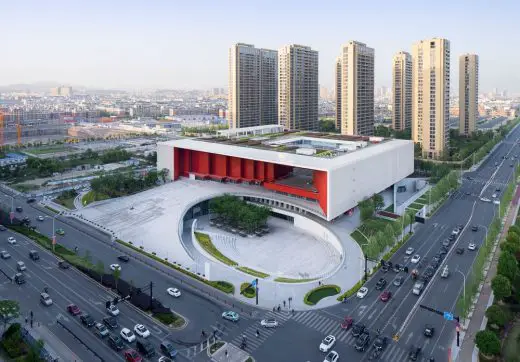
photograph : Qiang Zhao
Yiwu Cultural Square Building
Lushan Primary School Building, Jiangxi
Design: Zaha Hadid Architects
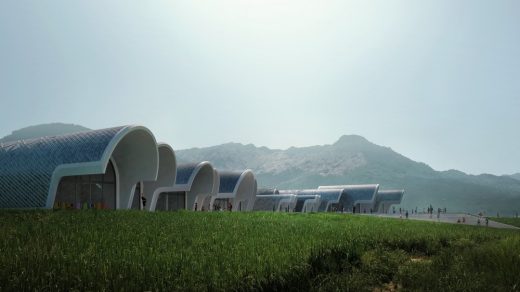
image Courtesy architecture office
Jiangxi School Building
, China
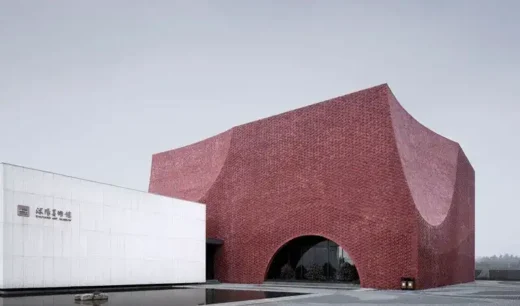
photograph : Qiang Zhao
Shuyang Art Gallery Building
Shanghai Building – Selection
Comments / photos for the Pushe Xikou Homestay in Quzhou City, Zhejiang Province, China designed by y.ad studio page welcome

